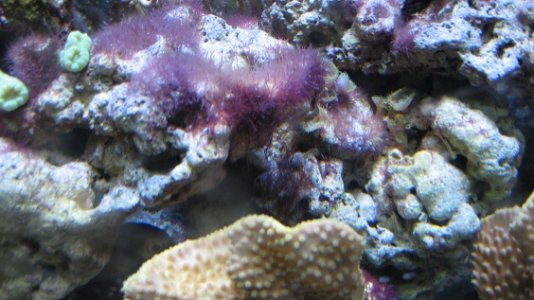Hello:
Have this demon like algae in my tank, and just wondering if it is Gelidium pusillum http://www.saltcorner.com/AquariumLibrary/browsespecies.php?CritterID=2093&filter=0. If so any idea how to get rid of this stuff. GFO and skimming doesn't seem to have much impact.
Cheers
Have this demon like algae in my tank, and just wondering if it is Gelidium pusillum http://www.saltcorner.com/AquariumLibrary/browsespecies.php?CritterID=2093&filter=0. If so any idea how to get rid of this stuff. GFO and skimming doesn't seem to have much impact.
Cheers

